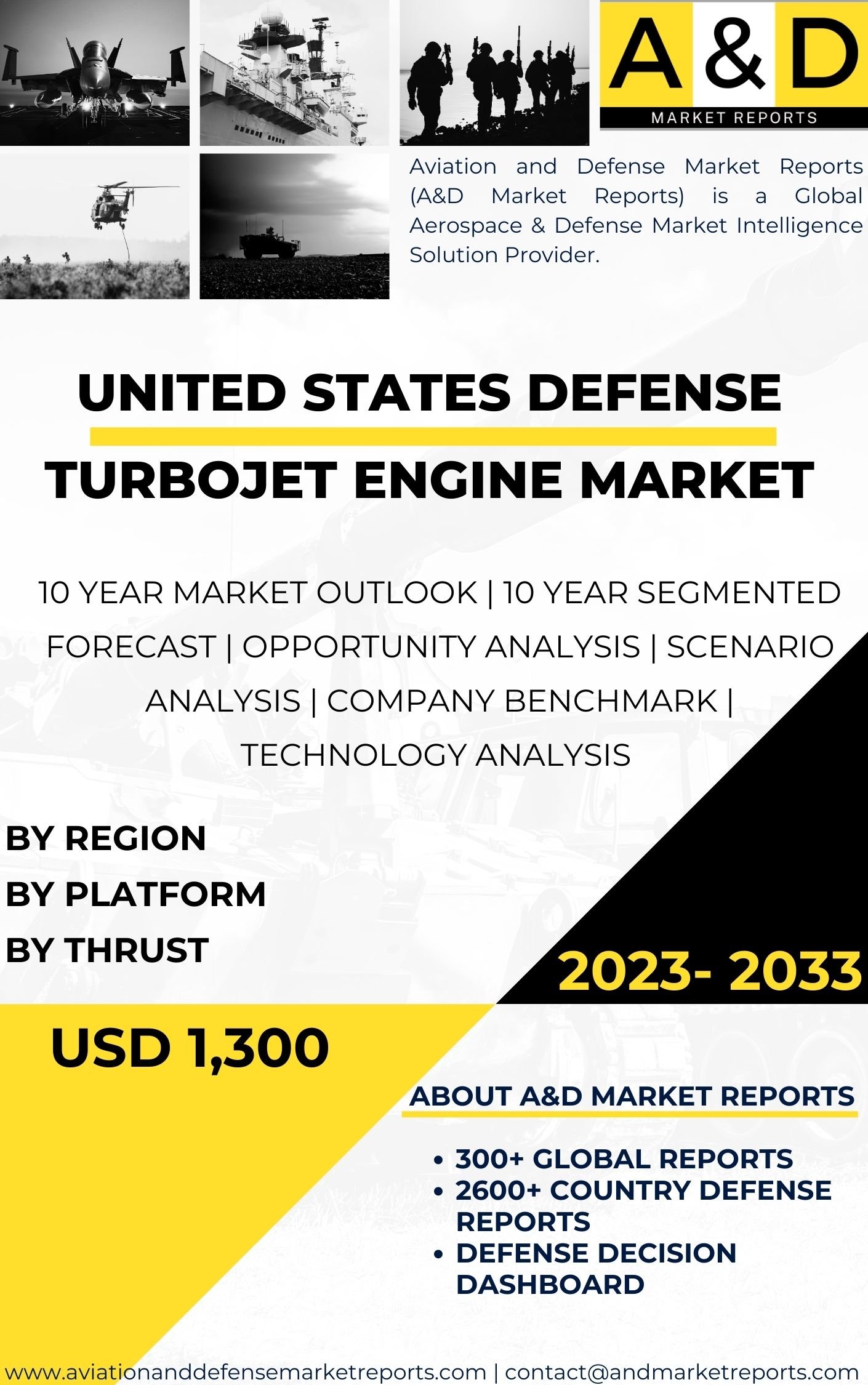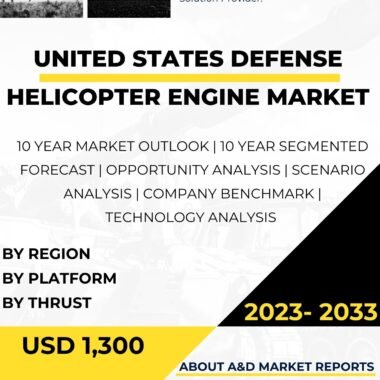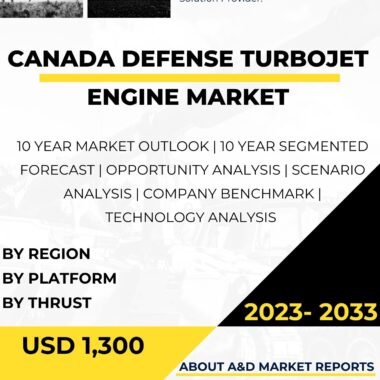Description
The United States defense turbojet engine is a critical component of military aviation, providing the necessary thrust and power to propel various aircraft, including fighter jets, bombers, and reconnaissance planes. These engines are at the forefront of technological innovation, continually evolving to meet the demands of modern warfare and ensure the U.S. military’s air superiority.
Turbojet engines are air-breathing engines that operate on the principle of jet propulsion. They work by compressing incoming air, mixing it with fuel, and then igniting the mixture to produce a high-speed exhaust jet that generates forward thrust. Turbojet engines have been in use since the early 1940s and have played a vital role in military aviation ever since.
The U.S. defense industry has been a pioneer in turbojet engine development, continually pushing the boundaries of technology to improve engine performance, fuel efficiency, and reliability. The engine’s design is optimized to operate efficiently at high speeds and altitudes, making it suitable for high-performance military aircraft.
One of the most iconic and widely used turbojet engines in U.S. military aviation history is the General Electric J79. The J79 powered legendary aircraft such as the F-4 Phantom II, a versatile multirole fighter that served in various roles, including air superiority, ground attack, and reconnaissance. The J79 was known for its exceptional power-to-weight ratio and afterburner capability, providing the F-4 with the speed and maneuverability needed in combat situations.
The Pratt & Whitney J57 turbojet engine was another significant engine used in various military aircraft, including the B-52 Stratofortress and the F-100 Super Sabre. The J57 was notable for its long service life and reliability, supporting many critical missions during the Cold War era.
The development of turbojet engines has evolved to meet the needs of modern warfare, with a strong focus on enhancing fuel efficiency and reducing environmental impact. The introduction of high-bypass turbofan engines marked a significant advancement in this regard. Turbofan engines operate similarly to turbojets but feature an additional fan that bypasses a portion of the incoming air around the core, providing more thrust at lower speeds and increasing fuel efficiency.
The General Electric F404 and F414 engines are examples of modern high-bypass turbofan engines used in U.S. military aircraft. These engines power the F/A-18 Hornet and Super Hornet, respectively, and offer a balance of performance, reliability, and fuel efficiency, making them crucial assets for carrier-based operations and aerial combat.
The integration of advanced materials and manufacturing techniques has been instrumental in enhancing the performance and durability of defense turbojet engines. High-temperature-resistant materials, such as nickel-based superalloys and ceramic composites, allow engines to operate at elevated temperatures, increasing overall efficiency and power output.
Advanced manufacturing processes, such as additive manufacturing or 3D printing, have also enabled the production of complex engine components with reduced weight and improved performance. This technology streamlines the design and manufacturing process, enabling rapid prototyping and iterative improvements to engine designs.
Moreover, research and development in the field of engine aerodynamics and combustion have resulted in optimized engine designs. Computational fluid dynamics (CFD) simulations and wind tunnel testing enable engineers to refine engine designs to maximize performance, minimize drag, and improve fuel efficiency.
Another area of focus in turbojet engine development is the reduction of the engine’s infrared signature, commonly known as infrared signature management (IRSM). Reducing the engine’s infrared signature is crucial to minimize the risk of detection by infrared-guided missiles and enemy thermal sensors. Various design features and materials are employed to achieve this, including the use of cool air injection, exhaust mixing, and thermal coatings.
Safety and reliability are paramount considerations in defense turbojet engine design and manufacturing. Rigorous testing and quality assurance processes are carried out to ensure that engines meet strict safety standards and perform reliably in operational conditions.
Engine testing involves a series of ground-based evaluations, including engine runs, vibration tests, and simulated flight conditions. Additionally, aircraft undergo extensive flight testing to validate engine performance and overall aircraft capability.
Maintenance and servicing of defense turbojet engines are essential to sustain their performance and operational readiness. The U.S. military conducts regular maintenance, inspections, and overhauls to ensure that engines remain in optimal condition throughout their operational life.
Furthermore, the integration of advanced diagnostic systems and condition-based maintenance technologies supports proactive engine maintenance. These systems continuously monitor engine health and performance, providing real-time data to maintenance personnel, allowing them to detect potential issues early and schedule maintenance more efficiently.
In conclusion, the United States defense turbojet engine is a crucial element of military aviation, powering various aircraft with the thrust and performance needed to carry out critical missions. Turbojet engines have been at the forefront of technological innovation, continuously evolving to meet the demands of modern warfare and ensure the U.S. military’s air superiority.
The U.S. defense industry has been a pioneer in turbojet engine development, focusing on performance, fuel efficiency, and reliability. Engines like the General Electric J79 and Pratt & Whitney J57 have made significant contributions to military aviation history, supporting iconic aircraft and critical missions.
Modern turbojet engines, such as the General Electric F404 and F414, exemplify the advancement of technology, with a strong emphasis on fuel efficiency and reduced environmental impact. Integration of advanced materials, manufacturing techniques, and aerodynamics has resulted in engines that offer a balance of performance and reliability.
Research and development continue to drive innovation in turbojet engine technology, with a focus on reducing infrared signatures, enhancing safety, and advancing diagnostic and maintenance capabilities. The ongoing evolution of turbojet engines reflects the U.S. military’s commitment to maintaining its air superiority and ensuring the success of its missions in the dynamic and challenging world of modern warfare.




